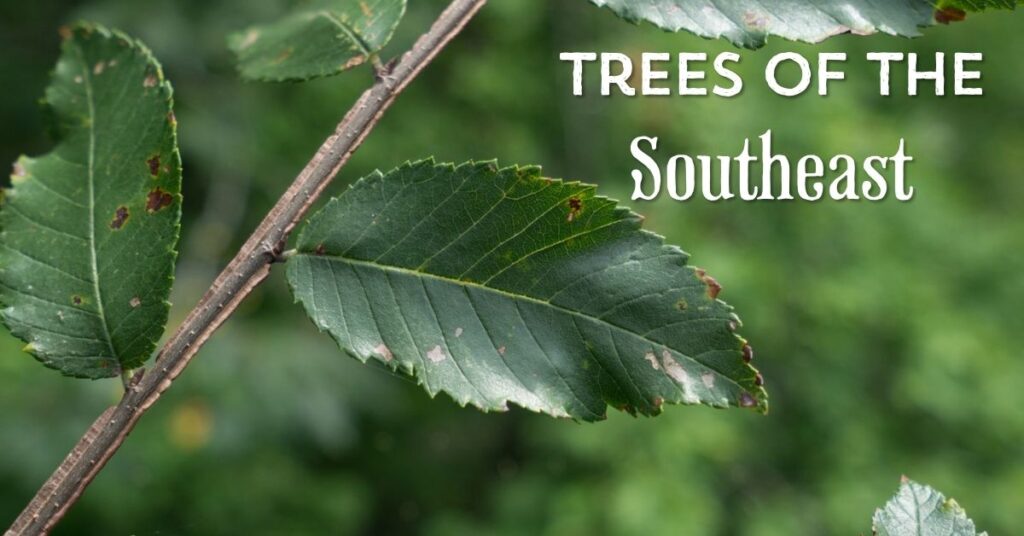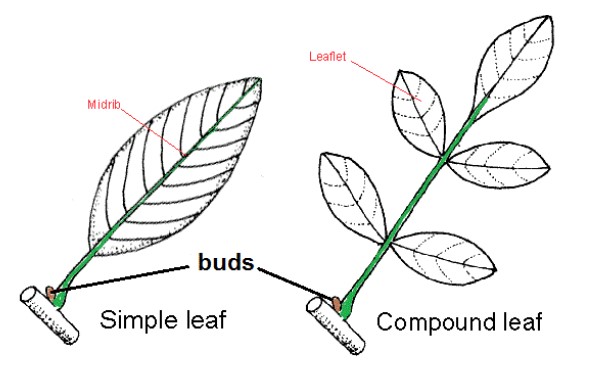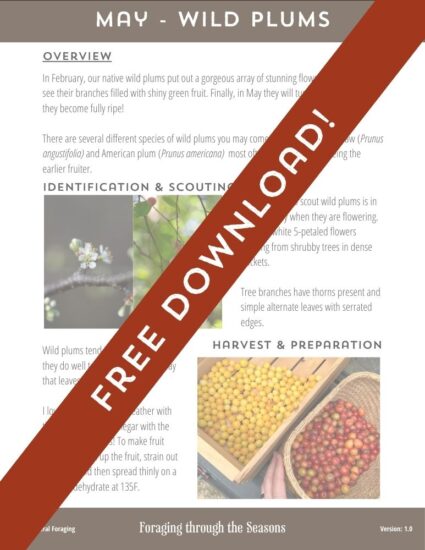Too much complexity early on...
Learning to conquer the “wall of green” that we call the forest can be a daunting task. Most field guides make doing so even more overwhelming, and their helpful comprehensiveness often becomes a barrier rather than an aid.
When identifying trees, the difficulty skyrockets: where do you focus first? With keys giving you facts about buds, bark patterns, leaf shape, silhouettes, and more, it can be a challenge to decipher which piece of information is the most important to you as a beginner.
Narrowing the focus
In this article, we will only focus on two of the many features of trees:
- Leaf Type (Simple or Compound)
- Branching Pattern (Opposite or Alternate)
Learning how to differentiate these features will help you narrow down your search to a set of trees. In a future post, I will go into greater depth about how to tease apart each set, but for now, let’s keep it simple!
The trees in Figure 3 of the article are all found in the Southeastern US, but the figure is largely applicable to most of the Eastern US and for some trees, the whole country and many parts of the world!
Compound vs. Simple
This feature is not as straightforward as it might appear. Compound leaves in some species (Box Elder) are not as obvious as they are in others (Black Locust).
A compound leaf is made up of many leaflets (Figure 1). A bud is always at the bottom of a leaf, but not at the bottom of leaflets. Unfortunately, these buds are often tiny and harder to see without a scope.
For this reason, make sure to bring a magnifying glass, field scope, or camera with you on your hikes to help you!
One trick that I often employ is knowing that leaflets are rarely alternating. So if you see a distinctly alternating pattern, chances are the leaves are simple and not alternate.
Figure 1: Visualizing Leaf Type
Opposite vs. Alternate Branches
Next, you must determine if a tree has opposite or alternate branching. As shown in Figure 2, a tree with opposite branching has leaves and branches that emerge from the same point, whereas the leaves and branches of alternative trees do not.
Figure 2: Visualizing Branching Pattern
Be warned: you may initially thing a tree has opposite branching patterns when it actually has alternate branching patterns. Why? Because of deceptive compound leaves with opposite leaflets but alternating leaves! That is why it is so important to first determine the leaf type!
For some of the most common trees in Northeastern Alabama, many of which apply to the Southeastern US, I put together a helpful graphic that summarizes the overlap of these two traits.
Figure 3: Punnett Square of Tree Traits

A Helpful Key
Alabama Extension from Auburn University and Alabama A&M has put together a fantastic key and guide on the Common Trees of Alabama. I highly recommend downloading it and printing it our when practicing Tree Identification in the field. It has proven of great use to me and continues to do so!






